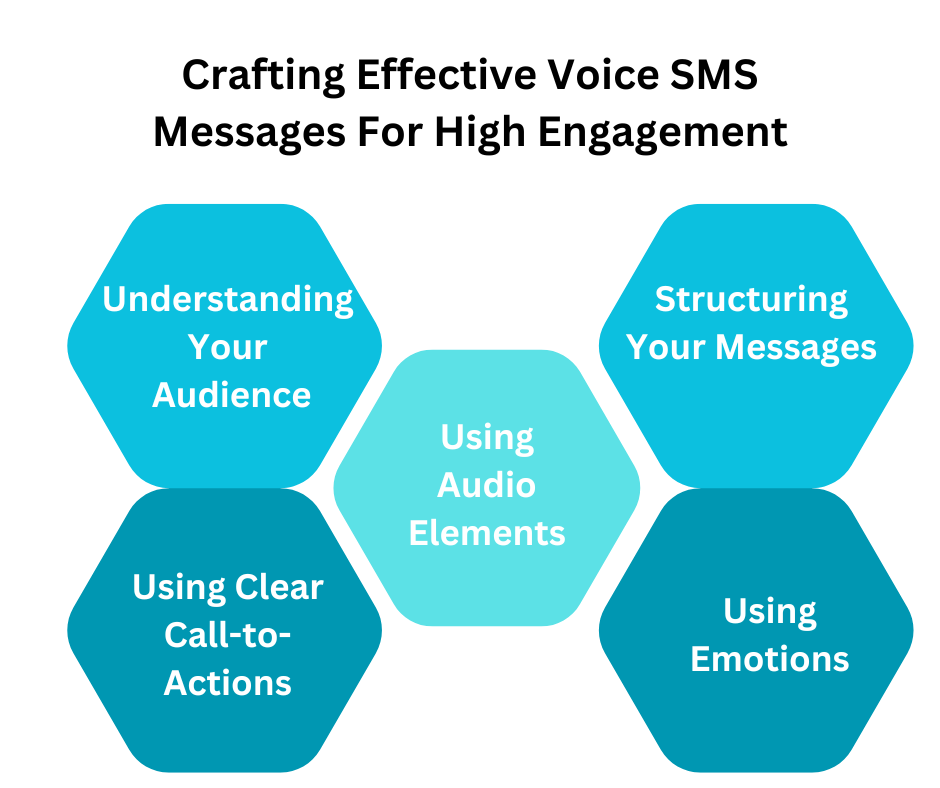Crafting Effective Voice SMS Messages For High Engagement
Voice SMS utilizes spoken words rather than written text, allowing users to send and receive voice messages over the phone network. This method is particularly beneficial in situations where typing is inconvenient or not possible.
Crafting effective voice SMS messages is crucial for ensuring clear communication and conveying the intended message with impact.
Well-crafted voice SMS messages have the potential to engage and capture the attention of the recipient, leading to a higher likelihood of the message being understood and remembered.
Understanding Your Audience
To effectively understand your audience, it is crucial to conduct thorough research on audience demographics.
This involves gathering data such as age, gender, location, income level, education, and other information that can provide insight into who your audience is.
Additionally, it’s important to identify audience preferences by analyzing their behaviors, interests, and patterns.
This can be achieved through surveys, feedback collection, and studying consumer trends to gain a deeper understanding of what resonates with your target audience.
Understanding both demographics and preferences will enable you to tailor your messaging and offerings to better connect with and engage your audience.
Structuring Your Messages
When structuring your messages, it’s important to keep them concise and to the point. Avoid including unnecessary information that could distract the recipient from the main message.
Additionally, personalizing your messages by addressing the recipient by their name or referring to previous conversations can help to establish a more meaningful connection.
Personalization shows that you value the recipient and can make the message more engaging.

Using Clear Call-to-Actions
Remember the importance of using a clear call to action. Clear instructions are crucial for guiding users on what steps to take next.
Ensure that your call-to-actions are effective by providing specific examples of how to engage with your content or website.
This can include using action-oriented language, such as “Sign up now,” “Learn more,” or “Shop the sale.” Effective call-to-actions should be noticeable and compelling to encourage user interaction.
Using Emotions
Developing communication content that is carefully crafted to obtain specific emotional responses from the audience.
This can involve using language, and storytelling techniques that appeal to people’s emotions and values.
Providing sample scripts or recordings of voice messages designed to trigger emotional responses in recipients.
This can include messages that are empathetic, inspirational, or heartwarming, aiming to establish a personal connection with the audience.
Using Audio Elements
Leveraging audio elements involves enhancing the user experience through the strategic use of sound effects and selecting appropriate background music.
Sound effects can be utilized to create a more immersive experience, while carefully chosen background music can set the tone and ambiance for the intended purpose.

